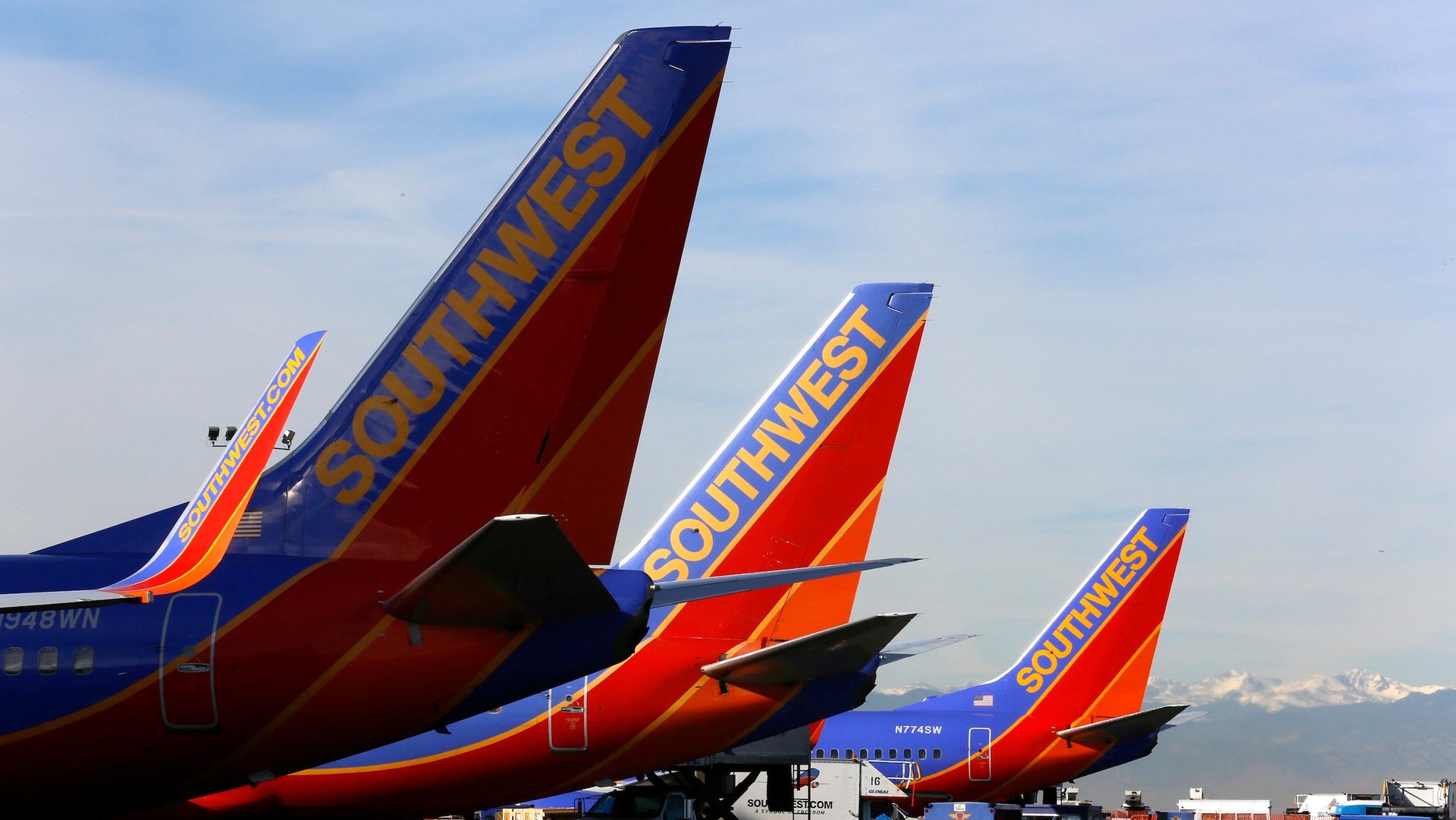Airplanes are the new weather balloons
The United States’ National Weather Service has been using the same process to get weather forecast data from the atmosphere since the 1930s—by launching weather balloons carrying devices called radiosondes that measure pressure, temperature, and humidity. These balloons, launched twice a day from 69 fixed locations in the continental US, offer a relatively reliable way of gathering data, but the system is fundamentally patchy. And while radiosondes dropping from the sky are harmless, they can produce an alarming noise and sulfuric smell.


The United States’ National Weather Service has been using the same process to get weather forecast data from the atmosphere since the 1930s—by launching weather balloons carrying devices called radiosondes that measure pressure, temperature, and humidity. These balloons, launched twice a day from 69 fixed locations in the continental US, offer a relatively reliable way of gathering data, but the system is fundamentally patchy. And while radiosondes dropping from the sky are harmless, they can produce an alarming noise and sulfuric smell.
That sounds somewhat retrograde, and it is: This is very old technology. Meanwhile, there are tens of thousands of airline flights crossing the United States every day, with the potential to produce far more data. Southwest Airlines has entered a partnership with the National Weather Service, using increasingly sophisticated sensors and the fact that its planes cross the country hundreds of times a day to fill in gaps and create a more sophisticated and accurate forecast, according to Bloomberg.
There’s a benefit for the airline, too. Southwest’s own meteorologists have early access to the data that the airline collects, and that better data has kept flights going when other airlines were grounding planes based on forecasts of freezing rain. The NWS is also working with the package delivery service UPS to use its planes for sensors.
Earlier airline sensors were able to collect data on temperature and wind. The new ones add humidity, which is particularly important for forecasting weather. The combination of new data and better computing has the potential to reduce delays and airline costs. According to Bloomberg, no one has quantified the benefits of the new data.
Currently, under 1% of US commercial aircraft have these sensors. Expanding them to a broader fleet could produce vastly more data and significantly better weather forecasts, benefitting many people other than just airline operators and their passengers.